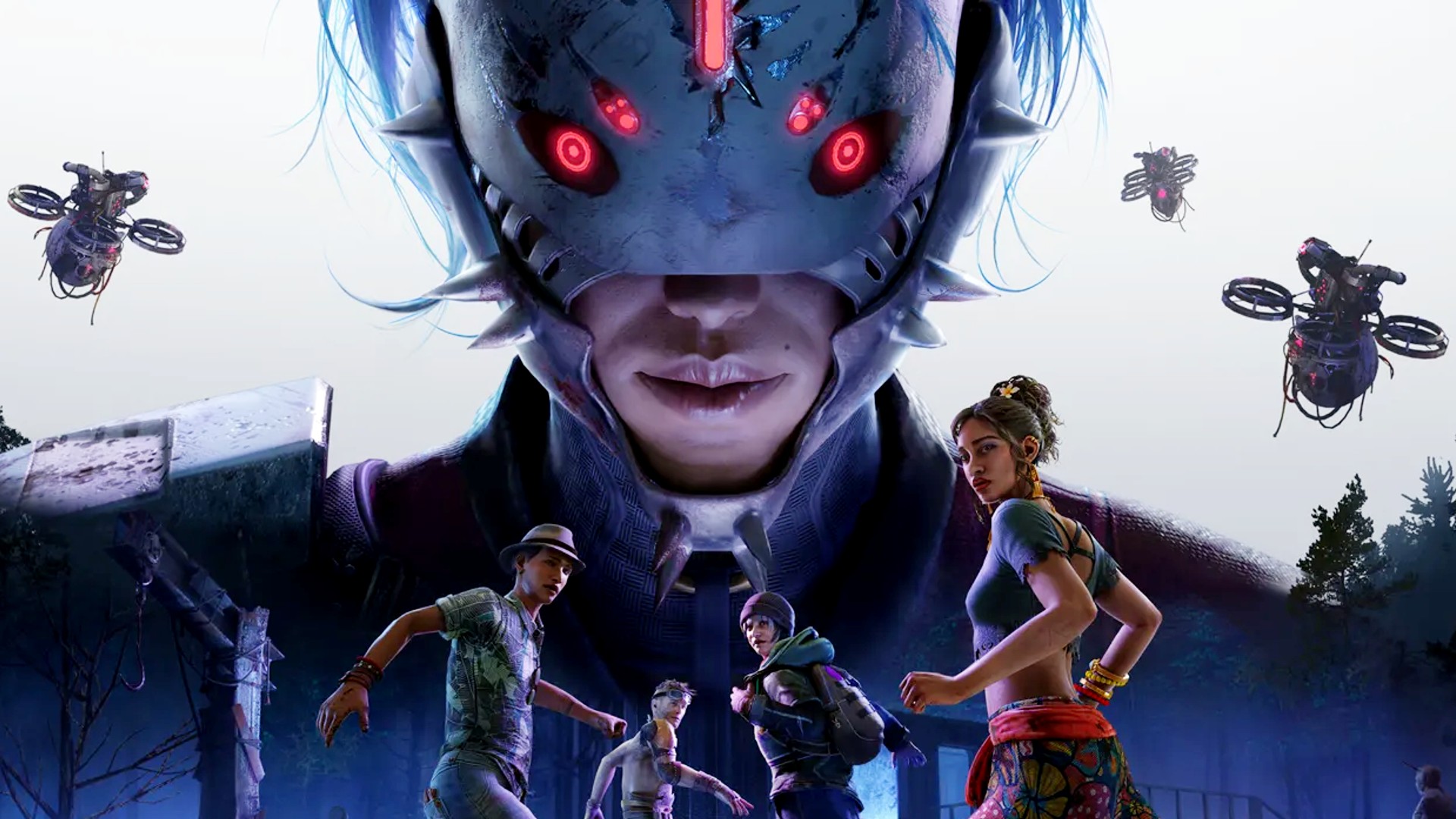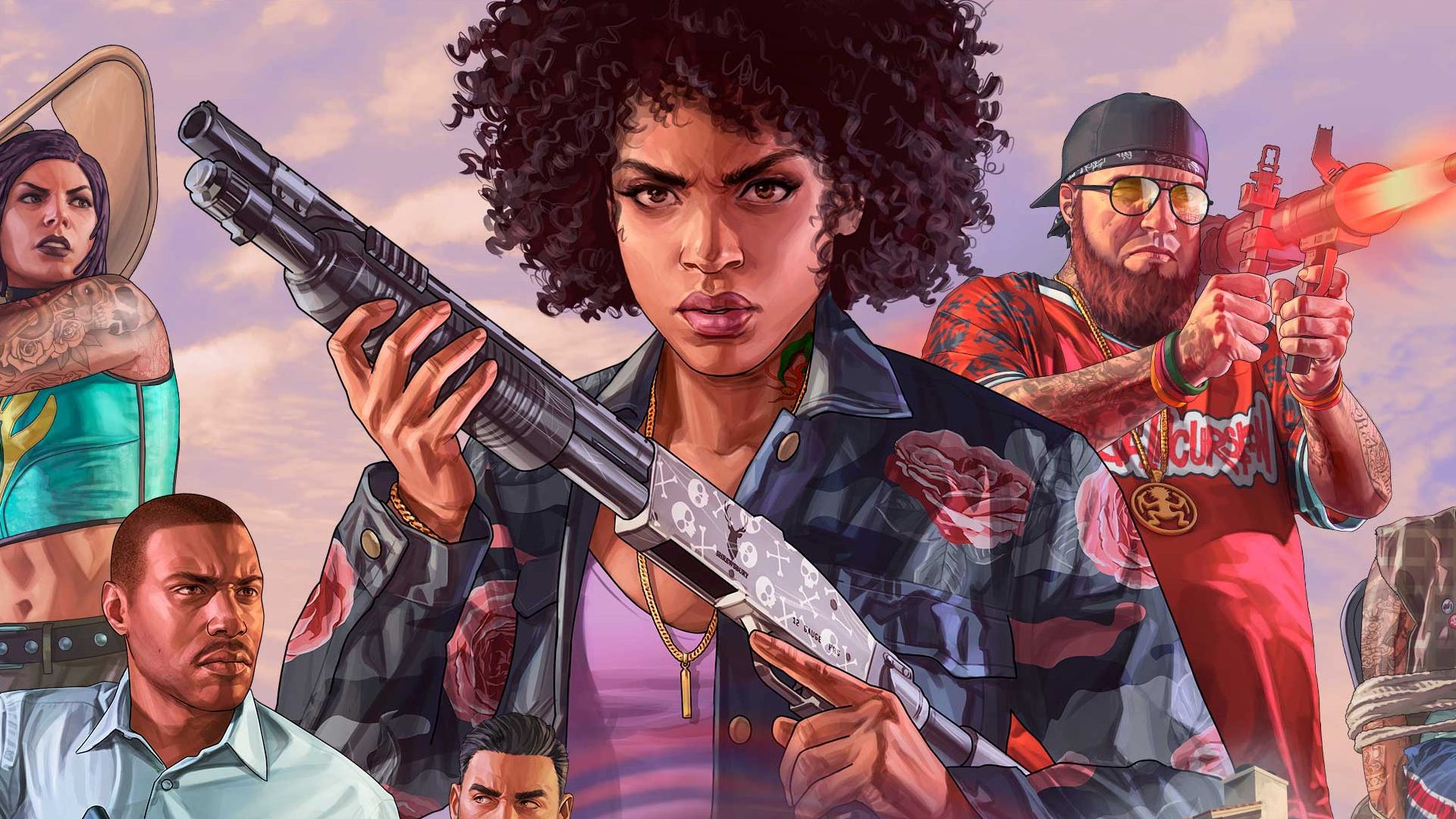The Journey of 3D Animation: From Pixelated Beginnings to Virtual Realities
From humble pixelated roots to mind-bending immersive experiences, 3D animation has come a long way. What started as basic geometric shapes slowly evolving on clunky computers has transformed into hyper-realistic characters and fully explorable virtual worlds. Today, 3D animation isn't just for movies—it's revolutionizing industries from gaming and architecture to education and the metaverse. But how did we get here? This blog explores the fascinating evolution of 3D animation and the milestones that paved the way to the digital dreams we now live in. The Pixelated Origins: Birth of 3D Animation (1960s–1980s) : The story of 3D animation begins with academic curiosity and technological experimentation. In the 1960s and 70s, early pioneers like Ivan Sutherland and Ed Catmull laid the groundwork for 3D graphics with simple wireframe models. These early attempts lacked color, texture, or motion fluidity—but they were revolutionary. The turning point came in the 1980s when computing power began to catch up with imagination. Pixar's short film The Adventures of André & Wally B. (1984) and Luxo Jr. (1986) showcased believable motion and lighting, proving 3D animation could be emotionally expressive. These weren’t just technological demos—they were storytelling breakthroughs. Golden Era of 3D Cinema: Mainstream Magic (1990s–2000s) : The 1990s marked 3D animation’s leap into mainstream entertainment. Toy Story (1995), the first fully 3D-animated feature film, changed the game forever. Suddenly, audiences saw characters that felt alive—not just through movement, but through personality and emotion. During this era, 3D animation matured both technically and artistically. Studios like DreamWorks, Blue Sky, and Pixar developed proprietary software, refining techniques like global illumination, soft-body dynamics, and realistic texturing. Meanwhile, gaming graphics evolved rapidly—from Final Fantasy VII's blocky figures to Halo’s immersive environments—drawing players deeper into interactive 3D worlds. Virtual Realities & Beyond: The Future is Now (2010s–Today) : Today, 3D animation is at the forefront of immersive technology. Real-time rendering engines like Unreal Engine and Unity enable creators to build dynamic, interactive experiences that blur the line between digital and physical realities. The rise of virtual reality (VR) and augmented reality (AR) has turned 3D animation into a portal for education, therapy, design, and entertainment. Meta’s Horizon Worlds, Apple’s Vision Pro, and AI-powered animation tools are redefining how we perceive and create content. Moreover, the democratization of tools means even indie creators and students can produce studio-quality animations. With the help of AI, motion capture, and cloud computing, the future of 3D animation isn’t just more realistic—it’s more accessible, collaborative, and limitless.
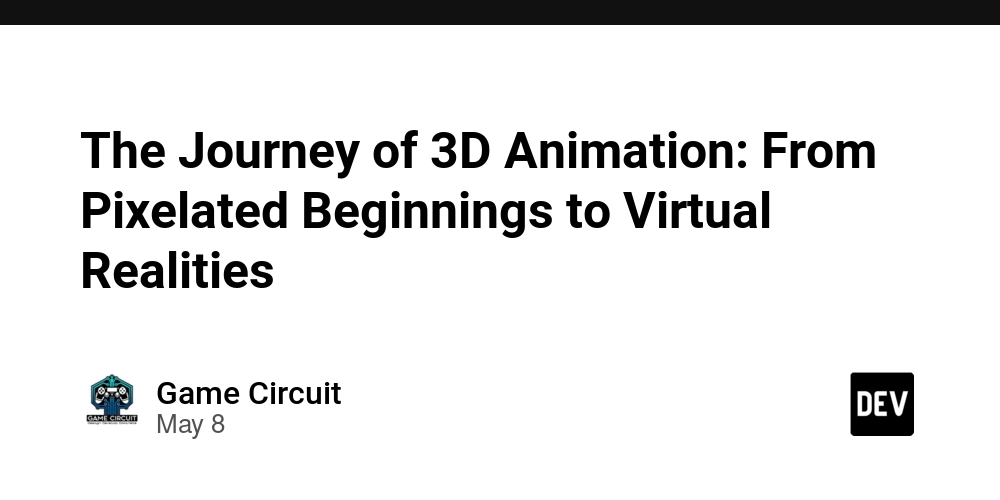
From humble pixelated roots to mind-bending immersive experiences, 3D animation has come a long way. What started as basic geometric shapes slowly evolving on clunky computers has transformed into hyper-realistic characters and fully explorable virtual worlds. Today, 3D animation isn't just for movies—it's revolutionizing industries from gaming and architecture to education and the metaverse. But how did we get here? This blog explores the fascinating evolution of 3D animation and the milestones that paved the way to the digital dreams we now live in.
The Pixelated Origins: Birth of 3D Animation (1960s–1980s) :
The story of 3D animation begins with academic curiosity and technological experimentation. In the 1960s and 70s, early pioneers like Ivan Sutherland and Ed Catmull laid the groundwork for 3D graphics with simple wireframe models. These early attempts lacked color, texture, or motion fluidity—but they were revolutionary.
The turning point came in the 1980s when computing power began to catch up with imagination. Pixar's short film The Adventures of André & Wally B. (1984) and Luxo Jr. (1986) showcased believable motion and lighting, proving 3D animation could be emotionally expressive. These weren’t just technological demos—they were storytelling breakthroughs.
Golden Era of 3D Cinema: Mainstream Magic (1990s–2000s) :
The 1990s marked 3D animation’s leap into mainstream entertainment. Toy Story (1995), the first fully 3D-animated feature film, changed the game forever. Suddenly, audiences saw characters that felt alive—not just through movement, but through personality and emotion.
During this era, 3D animation matured both technically and artistically. Studios like DreamWorks, Blue Sky, and Pixar developed proprietary software, refining techniques like global illumination, soft-body dynamics, and realistic texturing. Meanwhile, gaming graphics evolved rapidly—from Final Fantasy VII's blocky figures to Halo’s immersive environments—drawing players deeper into interactive 3D worlds.
Virtual Realities & Beyond: The Future is Now (2010s–Today) :
Today, 3D animation is at the forefront of immersive technology. Real-time rendering engines like Unreal Engine and Unity enable creators to build dynamic, interactive experiences that blur the line between digital and physical realities.
The rise of virtual reality (VR) and augmented reality (AR) has turned 3D animation into a portal for education, therapy, design, and entertainment. Meta’s Horizon Worlds, Apple’s Vision Pro, and AI-powered animation tools are redefining how we perceive and create content.
Moreover, the democratization of tools means even indie creators and students can produce studio-quality animations. With the help of AI, motion capture, and cloud computing, the future of 3D animation isn’t just more realistic—it’s more accessible, collaborative, and limitless.




















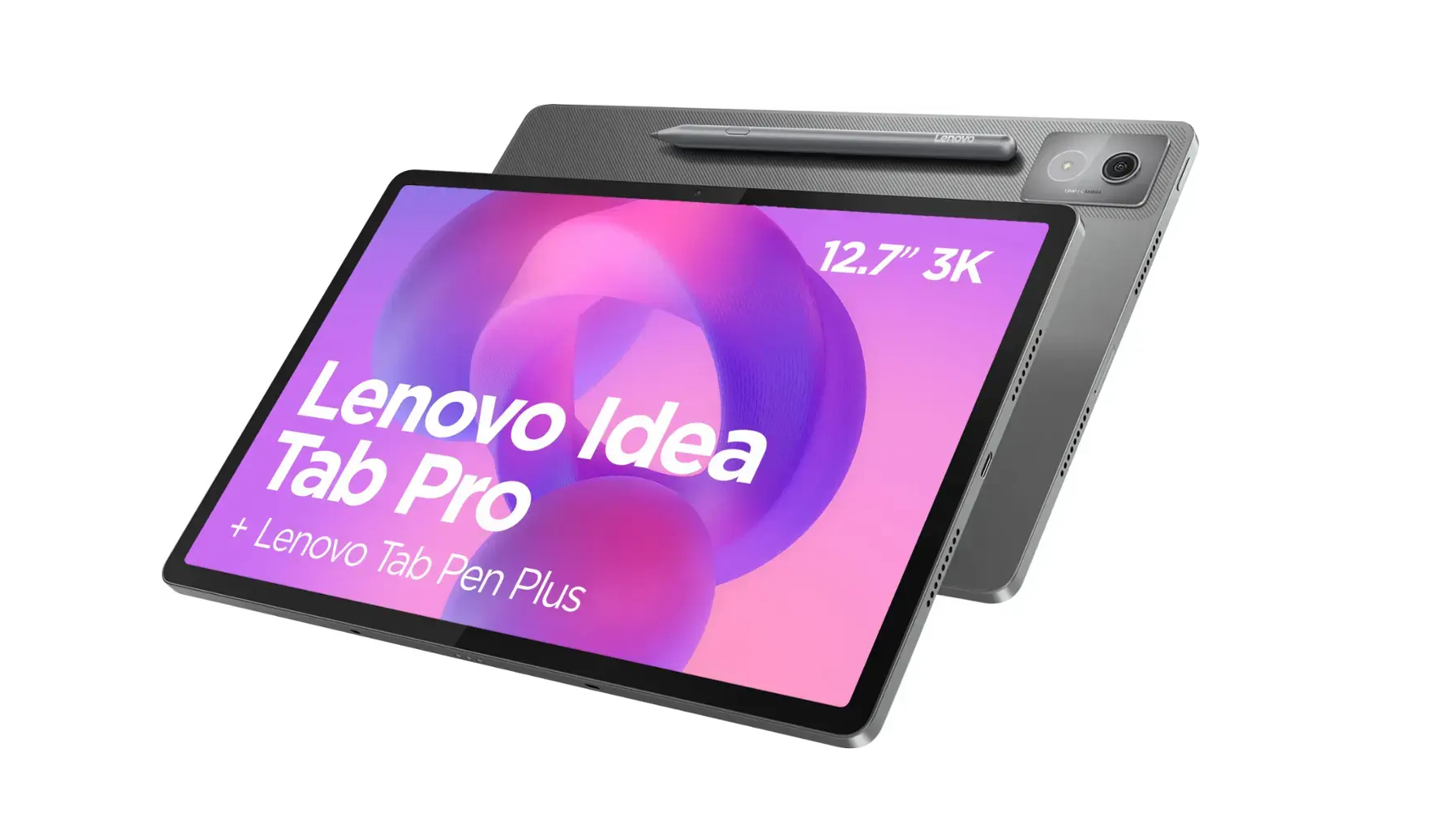

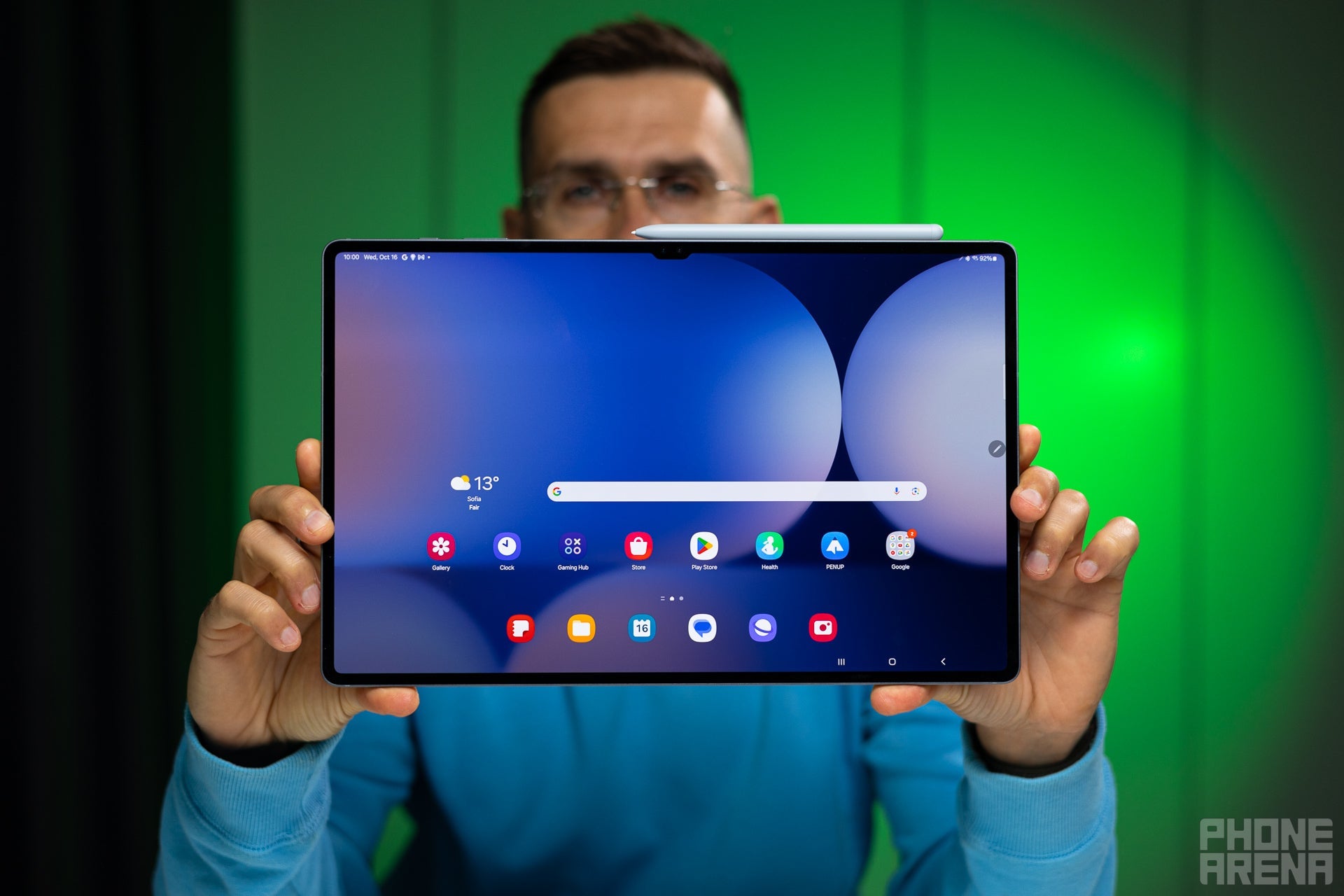
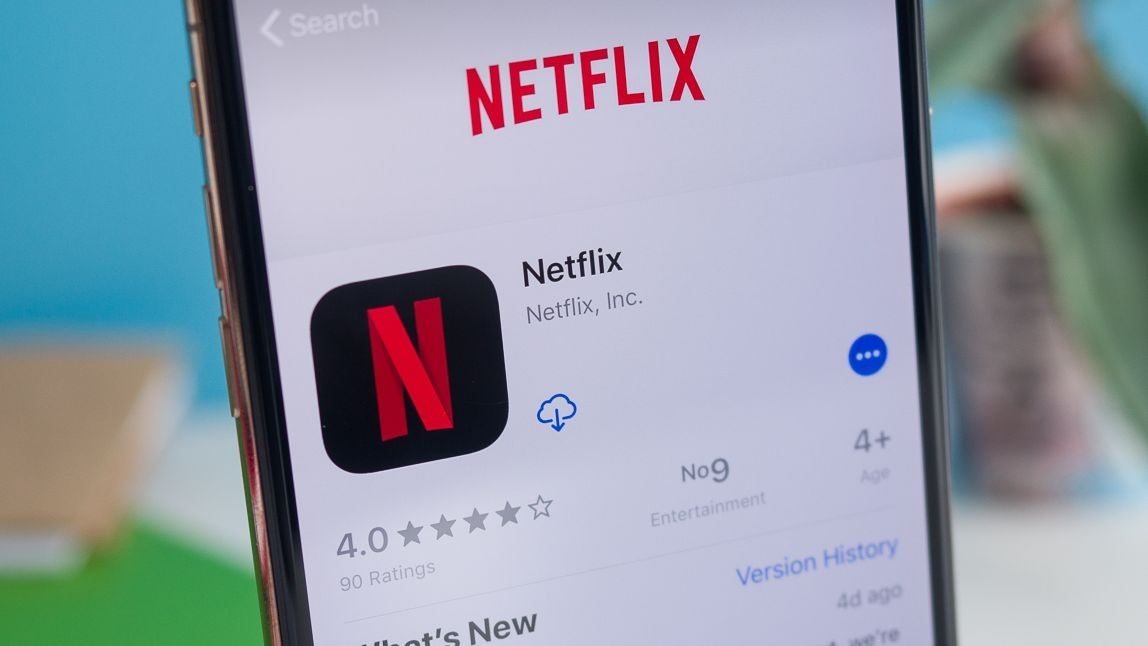
















































![Beats Studio Pro Wireless Headphones Now Just $169.95 - Save 51%! [Deal]](https://www.iclarified.com/images/news/97258/97258/97258-640.jpg)




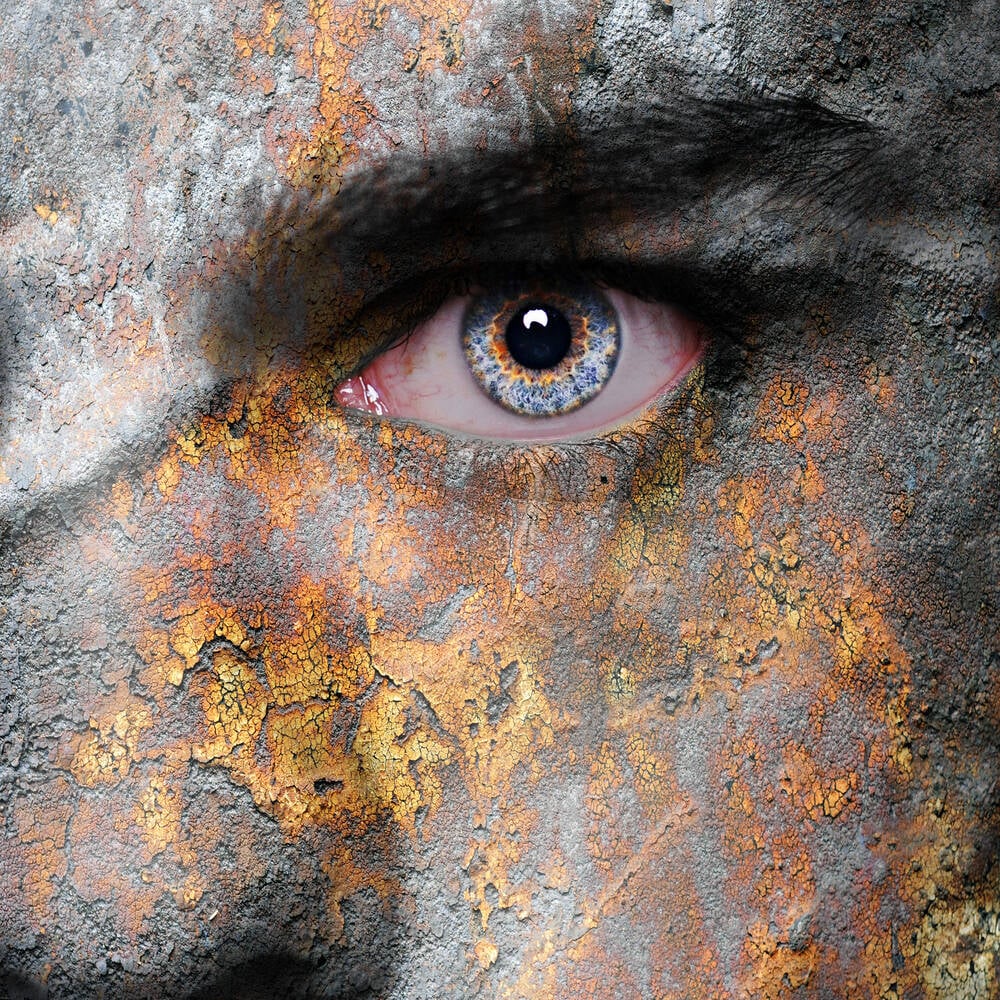
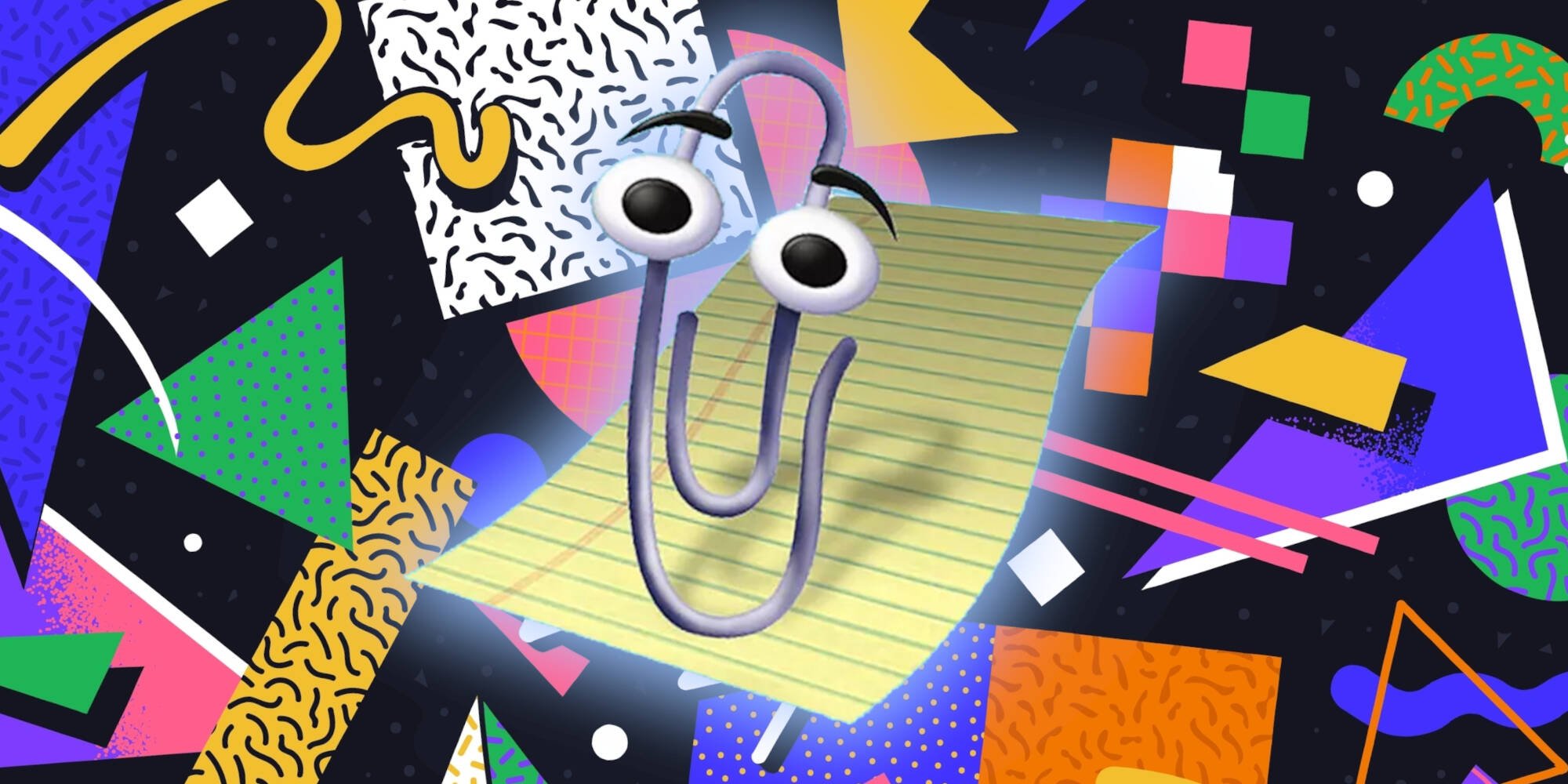









![Honor 400 series officially launching on May 22 as design is revealed [Video]](https://i0.wp.com/9to5google.com/wp-content/uploads/sites/4/2025/05/honor-400-series-announcement-1.png?resize=1200%2C628&quality=82&strip=all&ssl=1)







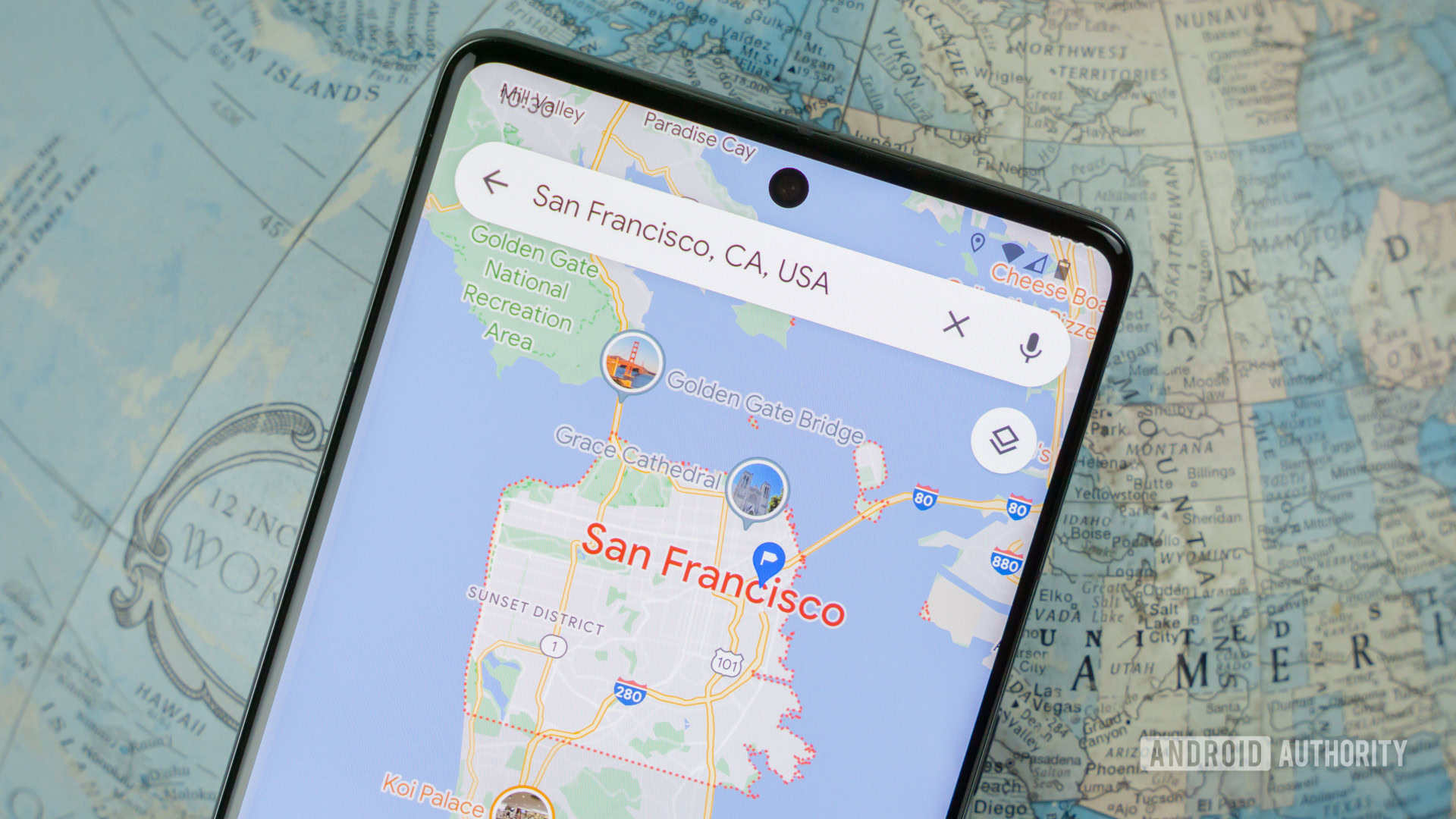
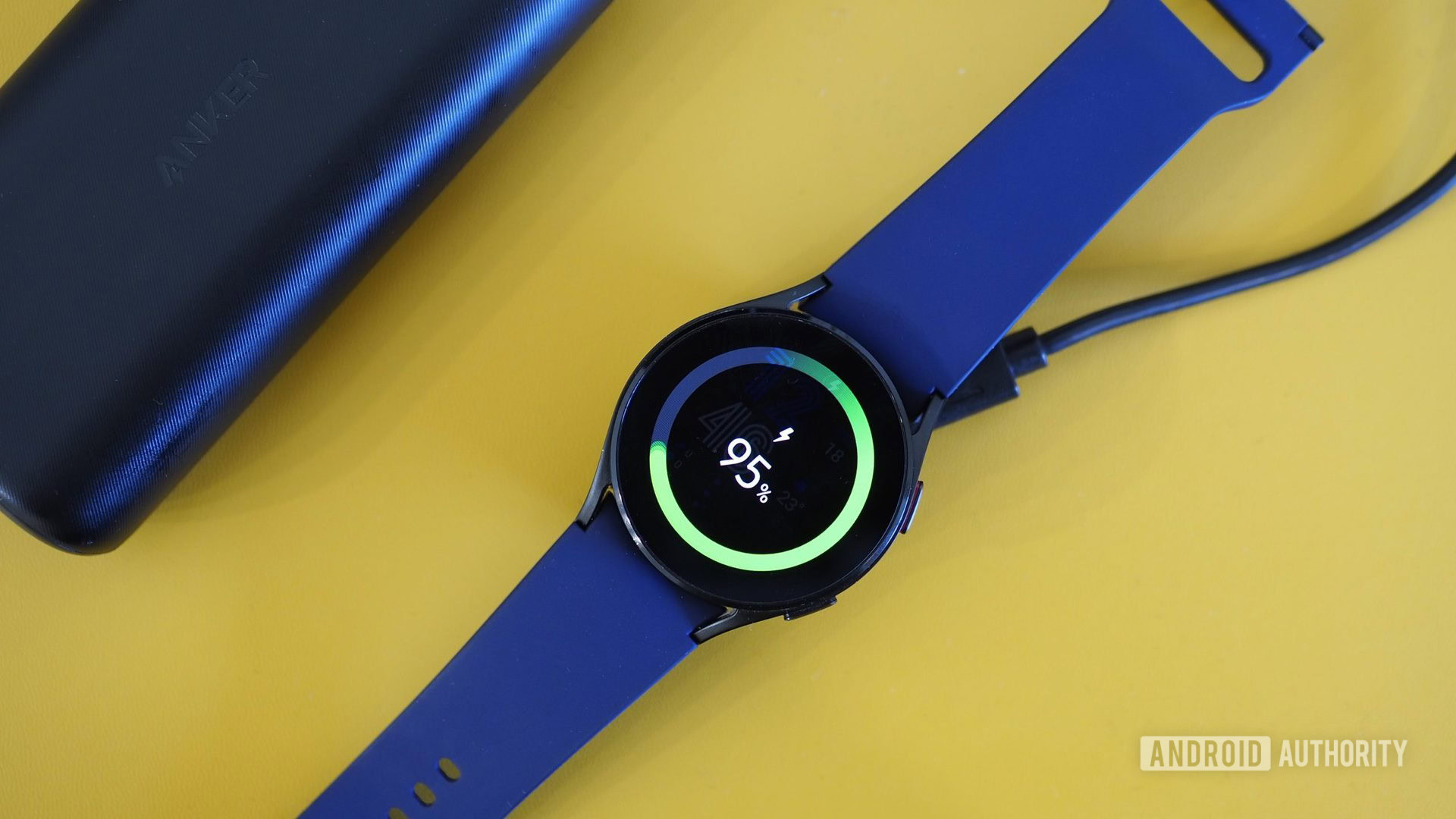







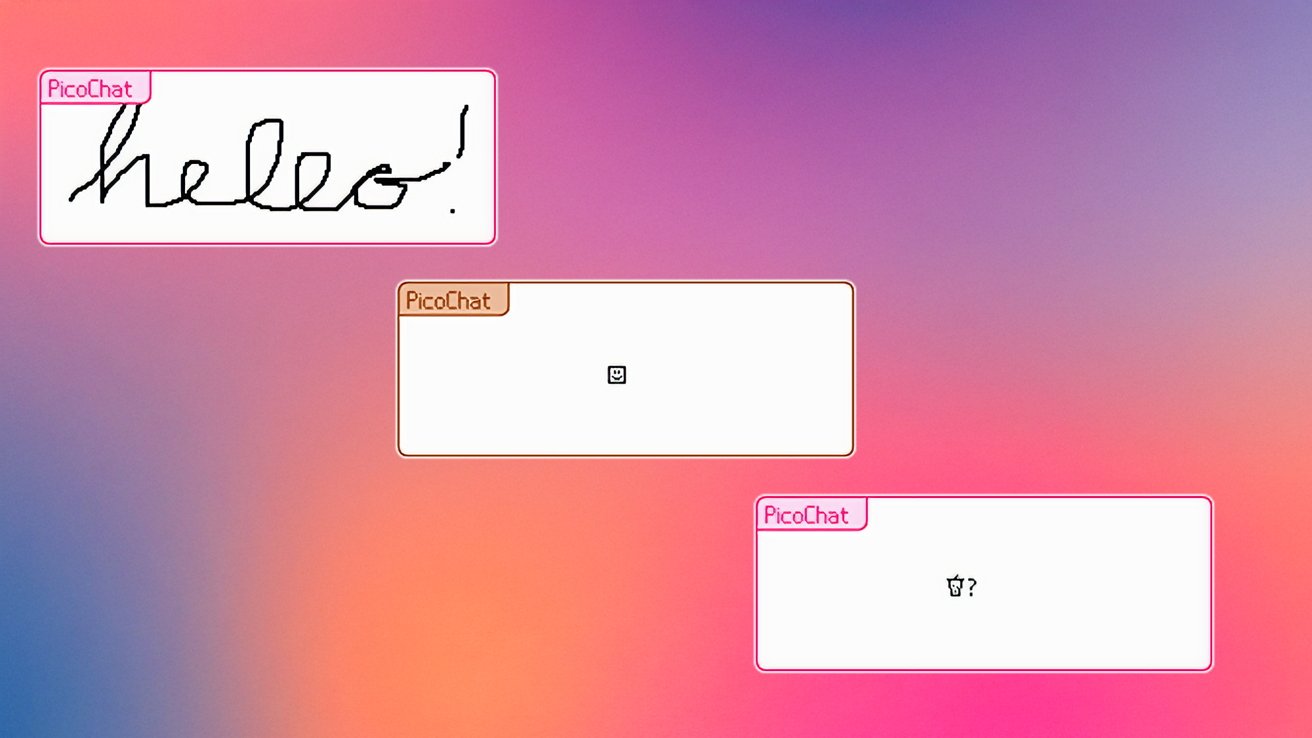













































































































































































































![[The AI Show Episode 146]: Rise of “AI-First” Companies, AI Job Disruption, GPT-4o Update Gets Rolled Back, How Big Consulting Firms Use AI, and Meta AI App](https://www.marketingaiinstitute.com/hubfs/ep%20146%20cover.png)




































































































































































































































